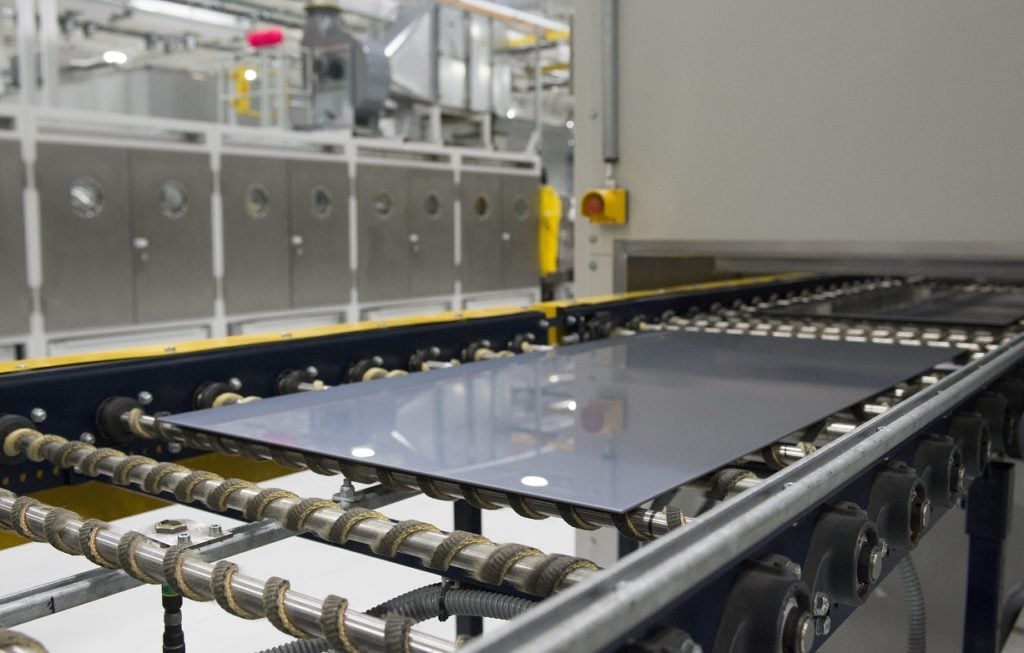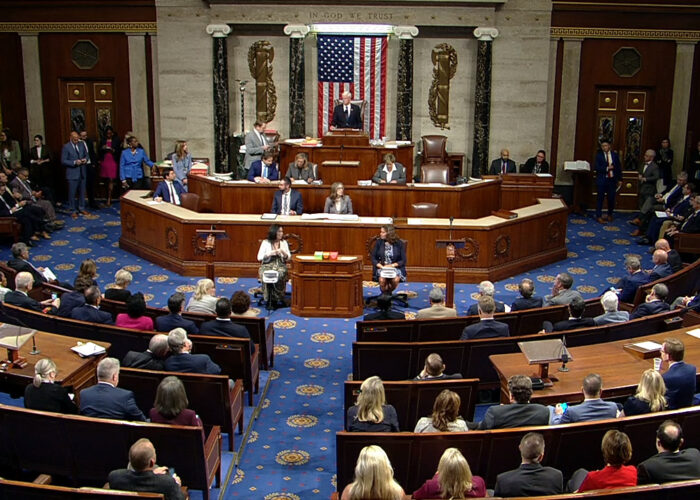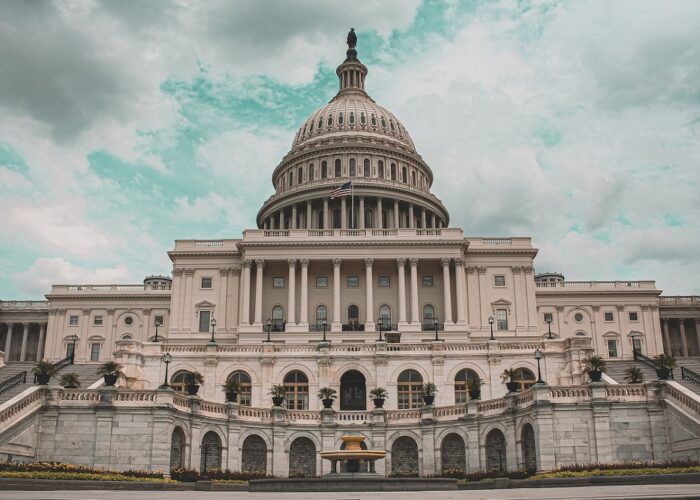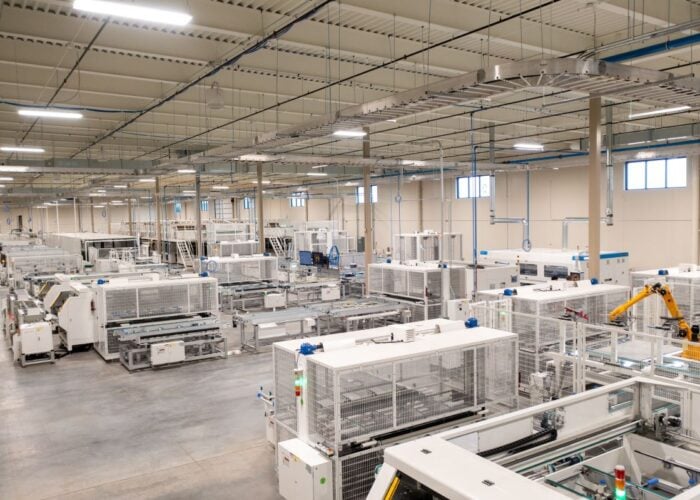
Senator Jon Ossoff has introduced legislation that would establish a tax credit for US-based solar manufacturers to help them better compete with Chinese rivals.
The proposed tax credits available, included within a draft bill published yesterday (21 June 2021), could potentially make US manufacturing significantly more cost effective than today. Furthermore the Solar Energy Manufacturing for America Act, as it has been dubbed, would provide credits for US manufacturers at each stage of the PV manufacturing supply chain, from polysilicon production to solar cells and fully assembled modules.
Unlock unlimited access for 12 whole months of distinctive global analysis
Photovoltaics International is now included.
- Regular insight and analysis of the industry’s biggest developments
- In-depth interviews with the industry’s leading figures
- Unlimited digital access to the PV Tech Power journal catalogue
- Unlimited digital access to the Photovoltaics International journal catalogue
- Access to more than 1,000 technical papers
- Discounts on Solar Media’s portfolio of events, in-person and virtual
Under the proposals, the tax credits available would be;
- Integrated modules would receive a credit of US$0.11/Wdc;
- Non-integrated modules would receive a credit of US$0.07/Wdc;
- Solar cells would get a credit of US$0.04/Wdc;
- Solar wafers would receive a credit of US$12 per square metre, and;
- Solar-grade polysilicon would get US$3 per kilogramme.
The incentives would be available as per the rates above until 31 December 2028, with a phasedown taking place over the following two years. Components sold in the 2029 calendar year would receive 70% of the above values, while components sold in 2030 would receive 35%. The incentives would be removed entirely from 1 January 2031.
The draft bill’s text can be read in full here.
A factsheet from the office of Senator Ossoff, a Democrat representing Georgia, said the bill would drive down the “prohibitive costs” for US-based solar manufacturing companies, lower overall solar deployment costs and help reduce reliance on China to meet clean energy targets.
"I’m working to boost American solar manufacturing and accelerate the transition to clean energy. This bill will create tens of thousands of American jobs, support American energy independence, and accelerate the transition from fossil fuels to clean energy.” – Sen. @ossoff
— Ossoff's Office (@SenOssoff) June 21, 2021
The bill is supported by industry players such as Q-CELLS America, Hemlock Semiconductor, LG Electronics USA, REC Silicon, Wacker Polysilicon North America, Sunnova Energy, First Solar and the Ultra Low Carbon Solar Alliance.
Welcoming the proposals, trade body the Solar Energy Industries Association (SEIA) has now called for a ten-fold increase in US solar manufacturing capacity to reach 50GW of annual production by 2030. That goal would create manufacturing capacity to support more than 150% of the 19.2GW of solar deployed in the US last year and covers all key elements of a solar system, including polysilicon, ingots, wafers, cells, modules, racking, trackers and inverters.
SEIA CEO Abigail Ross Hopper said Senator Ossoff’s proposal recognises the reality that while the broader US solar industry continues to flourish, the country’s solar manufacturing sector has languished.
She added that if the US wants to compete in an environment where overseas manufacturers are often aided by support from governments through a variety of public investments, the US federal government must also provide long-term and multi-faceted investment in its own manufacturers. “The United States doesn’t need to produce every solar component installed domestically, but we do need to fill critical gaps in our supply chain and dramatically expand domestic production capacity. The long-term health of our industry depends upon it.”
The proposals build on support given to the solar sector by the Biden Administration, which included a 10-year extension of the Investment Tax Credit for clean power generation and energy storage as part of a US$2 trillion infrastructure plan unveiled earlier this year, while Energy Secretary Jennifer Granholm has called for “hundreds of gigawatts” of renewables to be added the US’ grid in the next four years if it is to meet its climate targets, which include a goal of 100% carbon-free electricity by 2035.







